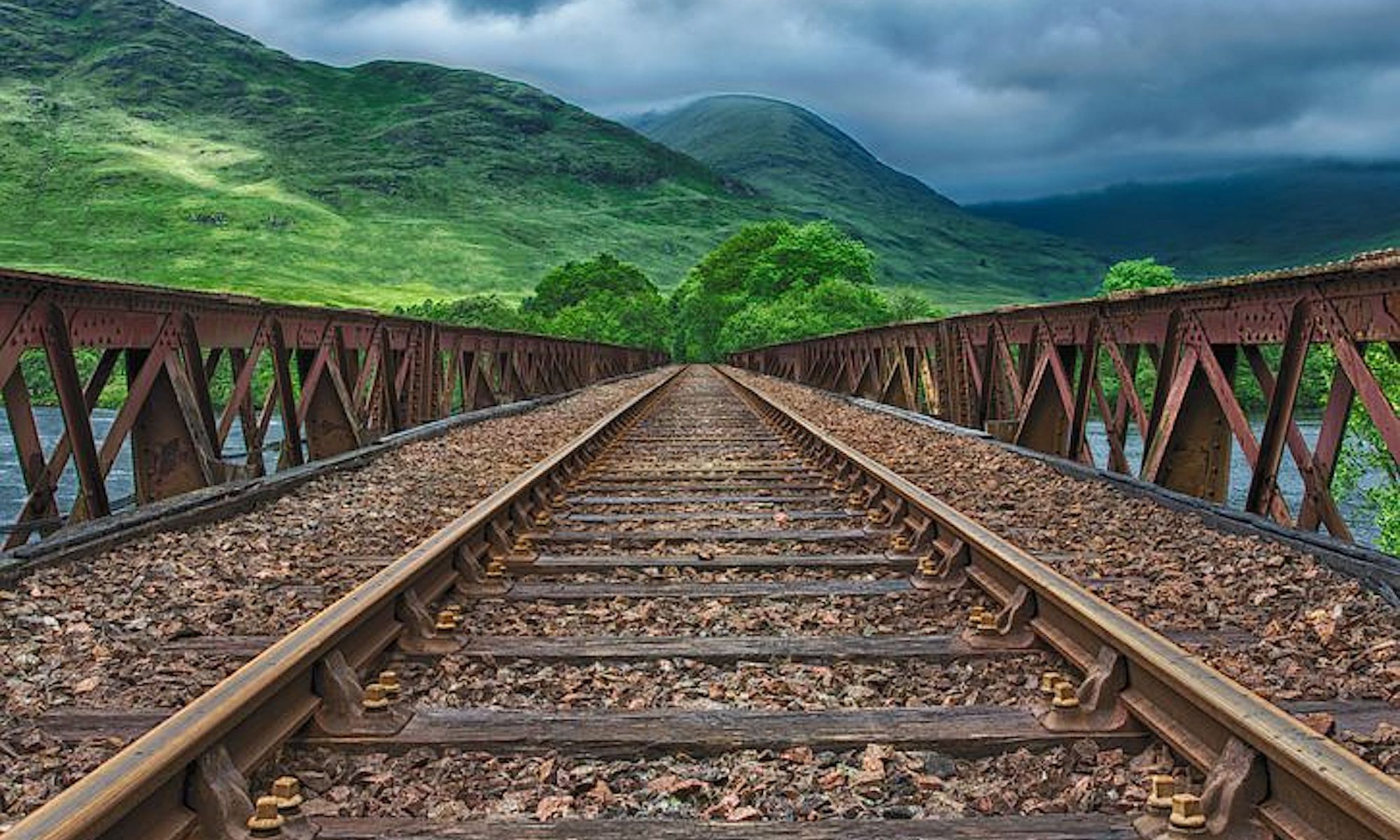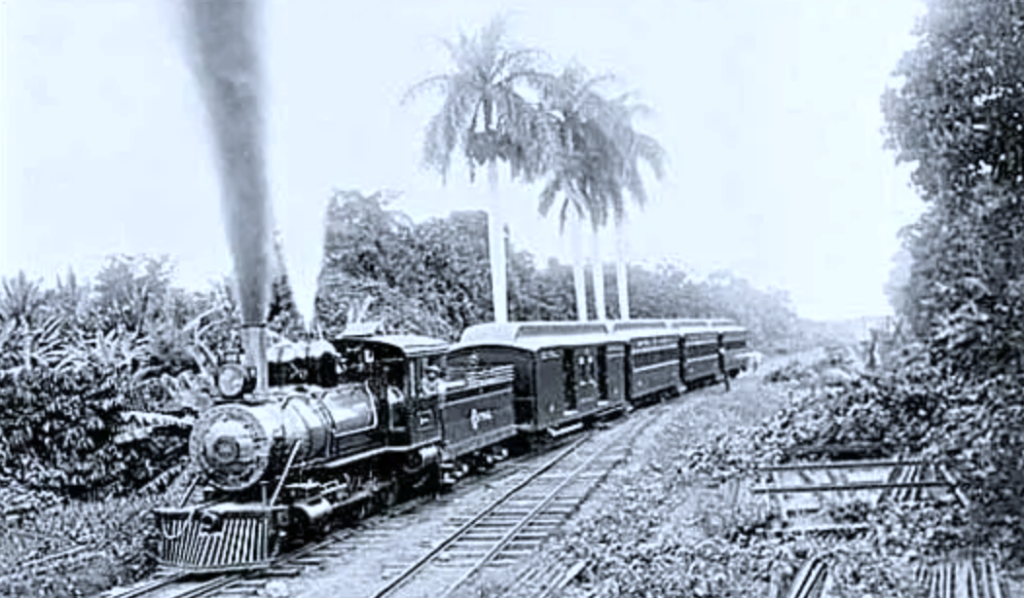Illegale Rinderzucht in Nicaragua mit Folgen – Bauern roden Regenwald für die unerlaubte landwirschaftliche Nutzung des Landes
Illegale Rinderzucht in Nicaragua – Dokumentation enthüllt Zerstörung des Regenwaldes
Umgeben von umgestürzten Bäumen und trägen Kühen überblickt der illegale Viehzüchter Chacalin eine Lichtung tief im Inneren eines der größten verbliebenen geschützten Regenwälder Nicaraguas.
„Als ich hierher kam, wusste ich, dass es ein Reservat ist. Ich habe das Land einfach gestohlen. Ich habe nicht dafür bezahlt“, sagt er ruhig und blickt nicht in die Kamera. „Wenn sie mich von hier wegbringen, können sie mir das Land wegnehmen, aber ich verliere kein Geld. That’s how we operate.“
Seit 2016 haben die Filmemacher Camilo de Castro und Brad Allgood über mehrere Jahre hinweg das Biologische Reservat Indio-Maiz besucht, um einen Dokumentarfilm über die Bedrohung durch Abholzung und die Verletzung der Rechte indigener Völker zu drehen.
Illegale Rinderzucht in Nicaragua – Regenwald schwindet
Der rund 2.600 Quadratkilometer große tropische Regenwald an der Grenze zu Costa Rica ist ein Paradies für die biologische Vielfalt und die heilige Heimat des indigenen Rama-Volkes. Trotz gesetzlicher Schutzmaßnahmen ist es jedoch zu einem raschen Zustrom illegaler Siedler gekommen.
Nach dem Ausbruch gewaltsamer Proteste in dem mittelamerikanischen Land im Jahr 2018 – teilweise ausgelöst durch die Wut über das Versäumnis der Regierung, einen Großbrand in dem Reservat zu bekämpfen, der von einem illegalen Siedler gelegt worden war – musste der Enthüllungsjournalist de Castro aus seinem Heimatland fliehen.
Politische Situation in Nicaragua
In seiner Abwesenheit hat sich die Situation in Indio-Maiz nur verschlechtert, und das härtere Vorgehen von Präsident Daniel Ortega gegen Andersdenkende hat es für die Filmemacher zu gefährlich gemacht, zurückzukehren.
Im Februar dieses Jahres wurde de Castro als einem von 94 Dissidenten die Staatsbürgerschaft entzogen – zusammen mit seiner Mutter Gioconda Belli, einer bekannten Schriftstellerin – und er lebt jetzt im Exil in Costa Rica.
Die Regisseure, die sich darauf verlassen, dass Nicaraguaner im Lande über die verschlüsselte App Signal aktuelle Informationen und Bilder senden, stellen „Patrol“ jetzt auf dem Dokumentarfilmfestival Mountainfilm in Colorado vor und hoffen, damit aus der Ferne auf die Situation aufmerksam zu machen. „Dies ist wahrscheinlich der letzte unabhängige Dokumentarfilm, der über Nicaragua in wer weiß wie langer Zeit herauskommen wird“, sagte de Castro.
„Die Regierung hat im Grunde eine Mauer um das Land errichtet, so dass die Menschen im Inneren nichts von außen hören und keine Informationen darüber weitergeben können, was wirklich im Land passiert.“
Dokumentarfilm – Illegale Rinderzucht in Nicaragua
Der Dokumentarfilm folgt den indigenen Rama und den afro-abstammenden Kriols, die ihr Land mit dem Kanu und zu Fuß durch den dichten, tückischen Dschungel patrouillieren und dabei blutsaugenden Zecken und räuberischen Jaguaren ausweichen. Er berichtet von ihren Begegnungen mit den immer zahlreicher werdenden neuen illegalen Siedlern. Viele von ihnen werden von reichen Viehzüchtern, die außerhalb des Reservats leben, dafür bezahlt, das Land zu roden, bevor die Kühe kommen.
Während der Dreharbeiten stößt eine indigene Patrouille auf eine große, raffinierte Ranch, die im Regenwald entstanden ist, und die Anführer melden sie der Polizei und den nicaraguanischen Regierungsbeamten. Ihnen wird jedoch gesagt, dass sie zahlen müssen, wenn sie wollen, dass die Polizei ermittelt, und ein Treffen mit einem Minister kommt nicht zustande.
Obwohl die grassierende Abholzung nicht nur in Nicaragua vorkommt, unterscheidet sich die Situation laut Allgood von Orten wie dem weitläufigen Amazonasgebiet, denn Indio-Maiz ist ein „kleines Gebiet“, in dem „es nicht schwierig wäre, eine Barriere zu errichten, um Menschen am Betreten zu hindern“.
Die Regierung „drückt ein Auge zu – es ist offensichtlich, aber niemand beachtet es“. In der Zwischenzeit ist der Landkonflikt in Gewalt umgeschlagen. In Nicaragua gab es in letzter Zeit eine Reihe von Morden an Ureinwohnern durch Siedler, von denen viele ungestraft bleiben. „Es ist eine Menge Rassismus im Spiel“, sagt de Castro. „Ich würde sagen, dass wir gerade die letzte Phase der 500-jährigen Kolonisierung Nicaraguas erleben.
Folgen der Illegalen Rinderzucht
Neunzig Prozent der Abholzung in der Region wird durch illegale Viehzucht betrieben, so Christopher Jordan, Lateinamerikadirektor der Naturschutzorganisation Re:wild. „Die Korruption der Regierung erlaubt es ihnen, das Land zu stehlen und abzuholzen, ohne dass dies Konsequenzen hat“, sagt er in dem Film.
Rindfleisch ist einer der größten Exportartikel des verarmten Nicaragua. Das winzige Land von der Größe Mississippis ist der sechstgrößte Lieferant der Vereinigten Staaten. Seit 2015 gibt es in den USA kein Gesetz mehr, das die Kennzeichnung des Herkunftslandes von Rindfleisch vorschreibt, so dass die Verbraucher selten wissen, ob ihre Burger oder Steaks von Tieren stammen, die auf indigenem Waldland aufgezogen wurden.
Während viele Importunternehmen behaupten, die Herkunft ihres Rindfleischs bis zum ursprünglichen Bauernhof zu überprüfen, ist dies laut de Castro und Allgood in Nicaragua nicht möglich, da der Prozess der Rückverfolgbarkeit zu undurchsichtig ist.
sorgt illegale viehzucht in mittelamerikanischennaturschutzgebieten – mittelamerikanischennaturschutzgebieten für große probleme nicht – illegale viehzucht in mittelamerikanischennaturschutzgebieten fü – viehzucht in mittelamerikanischennaturschutzgebieten für groß – viehzucht verursacht abholzung in mittelamerika







